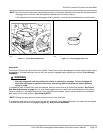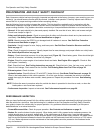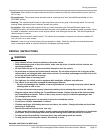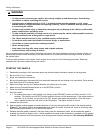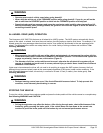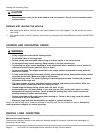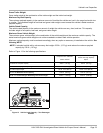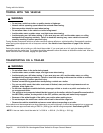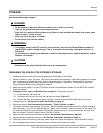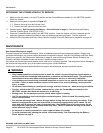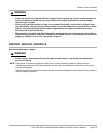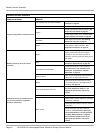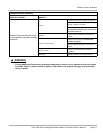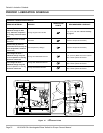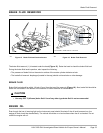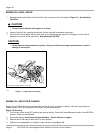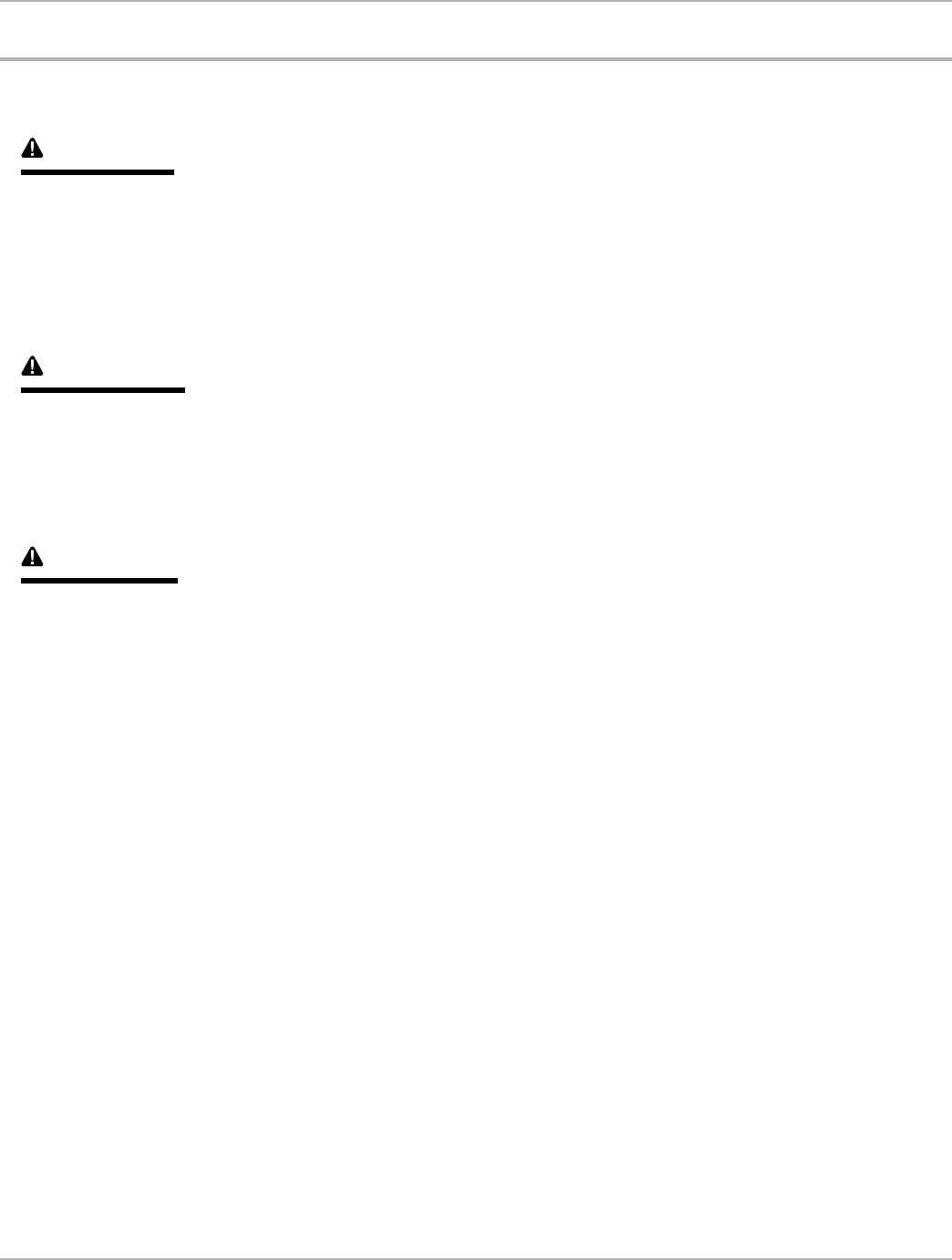
Storage
STORAGE
See General Warnings on page 8.
DANGER
• Do not attempt to drain fuel when the engine is hot or while it is running.
• Clean up any spilled fuel before operating the vehicle.
• Store fuel in an approved fuel container only. Store in a well-ventilated area away from sparks, open
ames, heaters, or heat sources.
• Keep fuel out of the reach of children.
• Do not siphon fuel from the vehicle.
WARNING
• Turn the key switch to the OFF position, remove the key, and leave the Forward/Reverse handle in
the NEUTRAL position during storage. This is to prevent unintentionally starting the vehicle or a
re hazard.
• Do not attempt to charge frozen batteries or batteries with bulged cases. Discard the battery. Frozen
batteries can explode.
CAUTION
• Batteries in a low state of charge will freeze at low temperatures.
PREPARING THE VEHICLE FOR EXTENDED STORAGE
1. Unload the vehicle so that the tires are supporting only the weight of the vehicle.
2. Store the vehicle in a cool, dry place. This will minimize battery self-discharge. If the battery appears to be weak,
have it charged by a trained technician. Use an automotive-type 12-volt battery charger rated at 10 amps or
less. Check electrolyte level after charging and add distilled water if necessary. If the battery is dead, see
Using A Booster Battery (Jump Starting) on page 45.
3. Make sure the key switch is in the OFF position and the Forward/Reverse handle is in the NEUTRAL position.
Chock the wheels.
4. If Biodiesel fuel is used, see Biodiesel Fuel on page 41. Prepare the fuel tank.
4.1. Fill the fuel tank with fresh fuel.
4.2. Disconnect the fuel vent line from the fuel tank vent nipple (Figure 27).
4.3. Plug the fuel tank vent nipple so that it is air tight. Husqvarna recommends using a slip-on vinyl cap.
5. Change engine oil. See Engine Oil and Filter Change on page 34.
6. Disconnect battery. See Disconnecting the Battery – Diesel Vehicles on page 9.
7. The battery should be clean and free of corrosion. Wash the battery top and terminals with a solution of baking
soda and water (1 cup (237 mL) baking soda per 1 gallon (3.8 L) of water). Rinse the solution off the battery. Do
not allow this solution to enter the battery. Be sure the terminals are tight. Let the terminals dry and then coat
them with Battery Terminal Protector Spray (P/N 603 00 00-03).
8. Adjust the tires to the recommended tire pressure. See Vehicle Specications on page 48.
9. Perform semiannual periodic lubrication. See Periodic Lubrication Schedule on page 32.
10. Thoroughly clean the front body, rear body, seats, cargo bed, engine compartment, and underside of vehicle.
11. Do not engage the park brake. Chock the wheels to prevent the vehicle from rolling.
HUV 5420 DX
R
Homologated Diesel Vehicle for Europe Owner’s Manual Page 27



